Ein Beitrag von: Tamara Skudies
Lomography startete im Juli 2013 auf Kickstarter das Petzval-Projekt. Mit Hilfe von über 3.000 Unterstützern und mit Zenit konnten sie die Petzval produzieren! Die Linse ist eine Neuauflage des legendären Petzval-Objektivs aus dem Jahr 1840, das in Wien entworfen wurde.
Das Petzval-Objektiv war die erste Portraitoptik in der Fotogeschichte und wurde von Josef Maximilian Petzval konstruiert. Die Linse hatte damals zwei Verbesserungen gegenüber den schon vorhandenen Objektiven. Zum einen war es mit einer Blende von 3.6 etwa 22 Mal lichtstärker und zum anderen wurde die Zusammensetzung der Linsen zum ersten Mal berechnet anstatt nur geschätzt.
Das von Voigtländer produzierte Objektiv wurde bis 1862 60.000 Mal hergestellt. Ein Nachteil der Konstruktion war ein starker Schärfeabfall an den Rändern, der heutzutage aber zugleich den Charme des ganzen Objektives ausmacht.
Das neue Petzval-Objektiv wird aus Messing gefertigt und verfügt über eine Glasoptik von Zenit. Der „Nachteil“ der alten Konstruktion wurde natürlich beibehalten, denn ein modernes Objektiv, das die Feldkrümmung minimiert, sollte es ja nicht werden. Das verleiht den Bildern den besonderen Look.
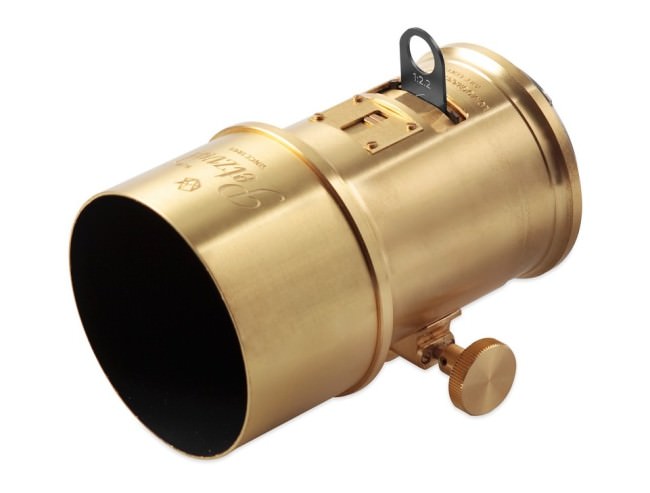
Möchte man weiche Bilder, nimmt man eine offene Blende und will man mehr Schärfe, nutzt man eine der kleineren. Mit einer Brennweite von 85 mm ist sie perfekt für Portraits geeignet. Zudem passt die Linse je nach vorliegendem Anschluss auf (analoge und digitale) Canon-EF- und Nikon-F-Kameras. Man bekommt zu der Linse ein Paket verschiedener Steckblenden von f/2.2 bis f/16 und kann vier weitere experimentelle Steckblenden zusätzlich erwerben.
Technische Details
Fokuslänge: 85 mm
Maximale Blende: f/2.2
Blenden: Waterhouse Blendenset, bis zu f/16
Bildkreis: 44 mm
Bildfeld: 30°
Linsenaufsätze: Canon EF und Nikon F
Elektronische Kontakte: Nein
Geringste Fokusdistanz: 1 m
Fokus Mechanismus: Gear Rack Focusing
Filtergewinde: 58 mm
Bildkreis: 44 mm
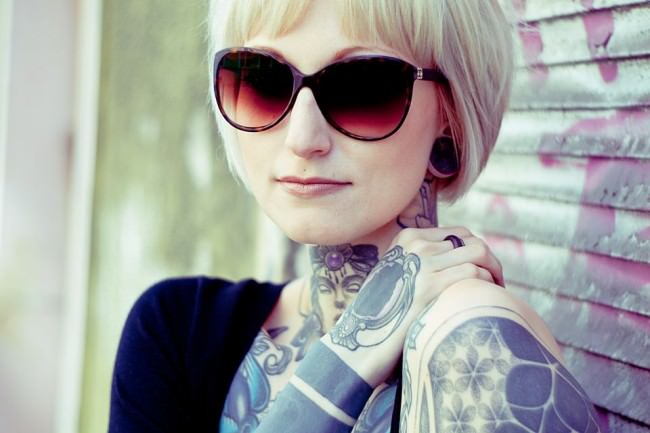
Das Auspacken der Linse war schon toll, denn wenn man sie in die Hand nimmt, gibt sie einem das Gefühl einer besonderen Wertigkeit. Die Verarbeitung war bei meinem Modell gut und die Aufmachung war sowieso atemberaubend schön.
Ich hatte die messingfarbene Variante und wurde glatt gefragt, ob das eine Leica sei, obwohl hinten ein hässlicher schwarzer Canonklotz dran hing. Das ist eigentlich der einzige Nachteil, denn ich hätte die Optik viel lieber für M42 oder meine Pentacon Six, denn Adapter auf Canon- oder Nikonmodelle sind ja heutzutage kein Problem. Mit dem Wunsch bin ich, glaube ich, auch nicht die einzige.

Ich testete die Linse mit meinen analogen Canons (EOS 1000 oder EOS 500) und mit meiner digitalen Canon 5D Mark II. Für Portraits machte ich ein paar Termine aus, um zu sehen, wie die Bilder damit werden. Am meisten machte ich jedoch mit ihr Naturaufnahmen. Für beides ist die Linse geeignet.
Bei Portraits würde ich aber zu einer geschlosseneren Blende raten. Meine meisten Bilder sind mit f/2.2, f/2.8 oder f/4 gemacht. Die Blende 6 hatte ich nicht und 8 war mir zu klein, da ich ein Freund von geringer Schärfentiefe bin. Somit hatte ich ein paar unscharfe Ergebnisse, mit denen ich aber gut leben konnte.
Mit der Zeit bekommt man aber ein Gefühl dafür, mit der Linse und ihrem besonderem Einstellrad links unten am Objektiv scharf zu stellen. Mich hat diese Art des Scharfstellens begeistert und ich finde es sogar praktischer als die übliche Variante. Etwas umständlich ist eher die Blendeneinstellung, da man für jede Blendenöffnung eine Stecklinse besitzt, die man oben in das Objektiv stecken muss.
Auch daran gewöhnt man sich mit der Zeit und meistens habe ich auch nicht oft gewechselt. Die Steckblenden haben an den Seiten zwei schmale Stücke, die man an seine Optik anpassen kann, damit sie nicht herausfallen können. Ich konnte dies beim Testgerät natürlich nicht machen und habe die Optik immer auf unendlich oder ganz nah gestellt, damit ich die Stecklinsen nicht verliere.
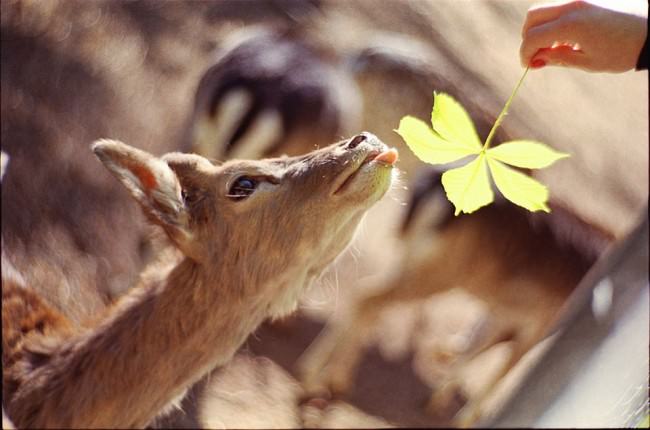
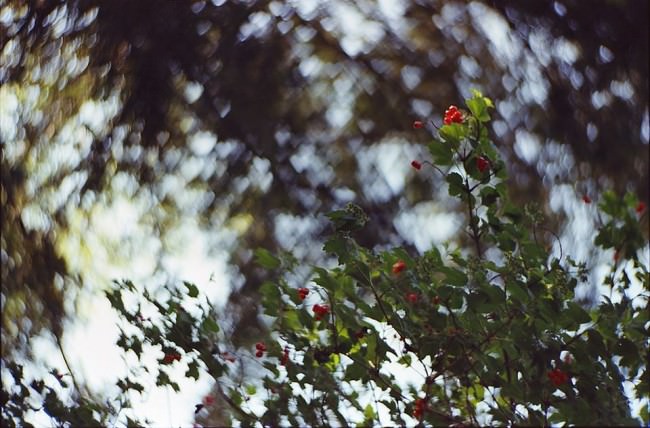
Leider habe ich keine Tests mit Blende 8 oder aufwärts gemacht, was mich wirklich ärgert. Dafür baute ich mir aus einem festen schwarzen Papier meine eigene experimentelle Steckblende mit Herzform, die mir sehr viel Spaß bereitet hat.
Zudem nutzte ich die Optik im botanischen Garten mit einer +2-Nahlinse, die es mir ermöglichte, näher an meine Motive ran zu gehen. Der „Swirl“-Effekt ist zum Glück nicht bei jedem Hintergrund möglich, was auch das Fotografieren mit einem schönen weichen Bokeh ohne die runde Unruhe ermöglicht.
Beachten sollte man auch die Unschärfe im Randbereich, die das Scharfstellen erschwert oder sogar unmöglich macht. Der Schärfepunkt sollte also eher zentral liegen. Wer absolute Schärfe wünscht, sollte sich eine andere Linse kaufen. Für mehr Schärfe ist es wohl besser, mit geschlossener Blende zu fotografieren, aber ich wollte ja den Charme der Linse unbedingt haben mit der ganzen Unschärfe. Im offenen Blendenbereich sind die Ergebnisse eher weich und haben einen geringen Schärfebereich.
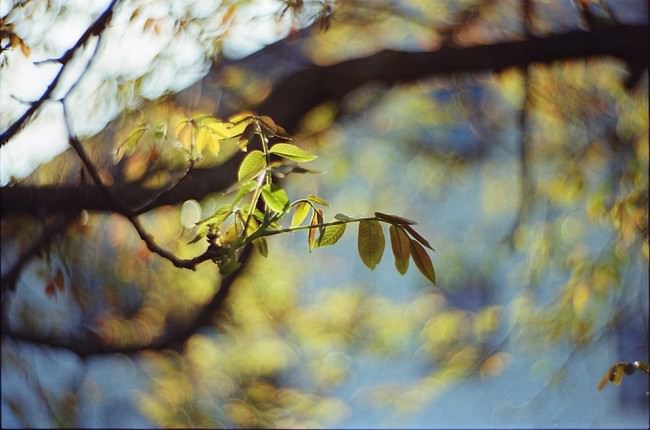
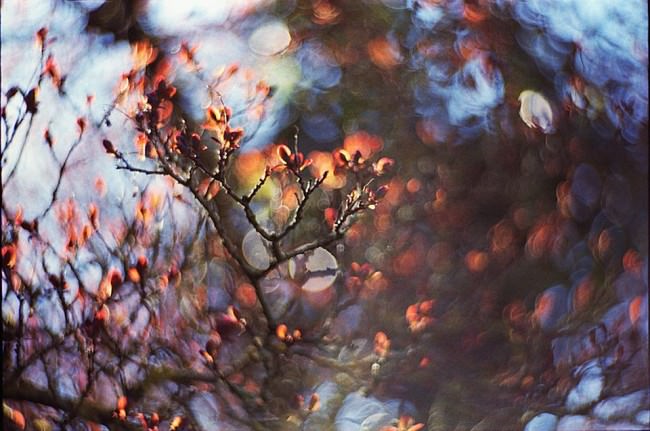
Die Optik ist eher was für Fotos mit Charme als für technisch perfekte Bilder. Aber gerade deshalb habe ich mich in sie verliebt. Wäre der Preis nicht 549 €, würde ich mir sicher auch eine kaufen. Der Andwendungsbereich der Optik liegt meines erachtens hauptsächlich bei Portraits und Naturaufnahmen. Dafür finde ich den Preis etwas zu hoch, aber sie lässt mir nach wie vor keine Ruhe. Im großen und ganzen ist der Preis okay für die Optik, sie ist nun einmal etwas ganz Besonderes und mit keiner anderen Linse zu vergleichen.
Als die Linse vorgestellt wurde, hätte ich sie schon am liebsten gehabt. Dann bekam ich die Möglicheit, sie zu testen und hatte die Angst, dass wenn ich sie erst einmal hätte, ich sie auch wirklich unbedingt brauche. So ist es nun auch und mein Verstand kämpft mit meinem Herzen.
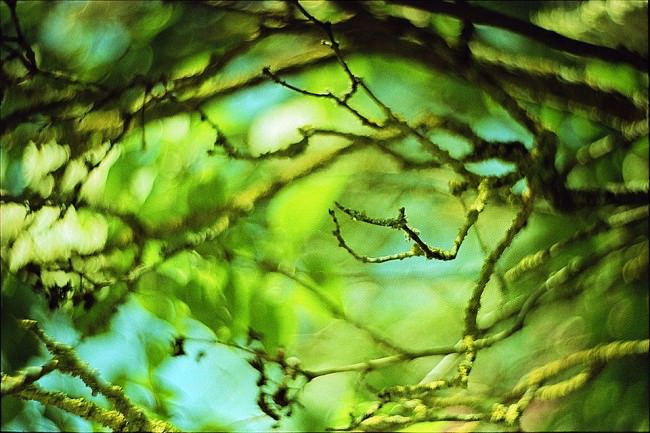
Ich hatte nicht wirklich irgendwelche Erwartungen an die Linse, außer daß ich sie wohl noch schöner als mein Helios 58 mm ist, das ja auch einen leichten Swirl-Effekt hat. Viele fragen ja, warum man sich ein teures Petzval kaufen sollte, wenn es das Helios günstig gibt. Ich konnte jetzt beides vergleichen und muss sagen, dass das Petzval noch mal einen stärkeren Charme auf Fotos bannt als das wirklich tolle Helios.
Falls sich ein edler Spender findet oder jemand sein Petzval günstig verkaufen will – ich nehm’s gern! Jetzt gibt es ja bald die Möglichkeit, die Optiken in den Geschäften zu begutachten und sicher auch mal an seiner Kamera zu testen. Macht dies aber nur, wenn Ihr den passenden Geldbeutel dafür habt!

kwerfeldein – Fotografie Magazin | Fotocommunity







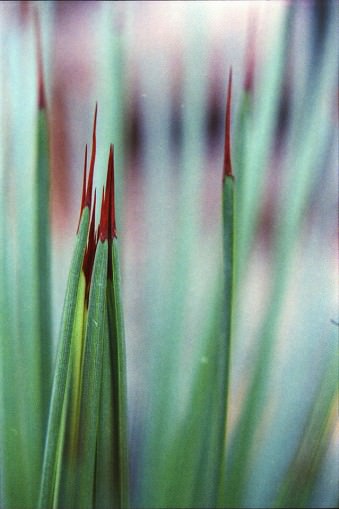
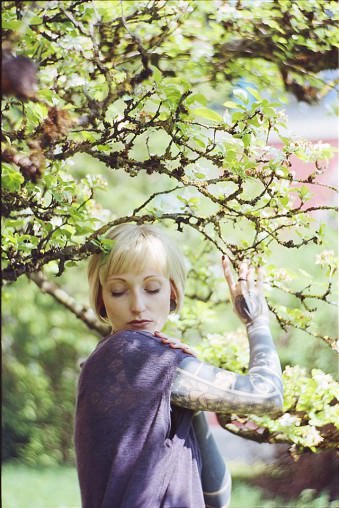
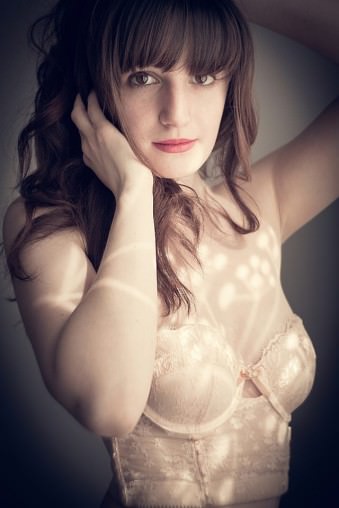









You must be logged in to post a comment.